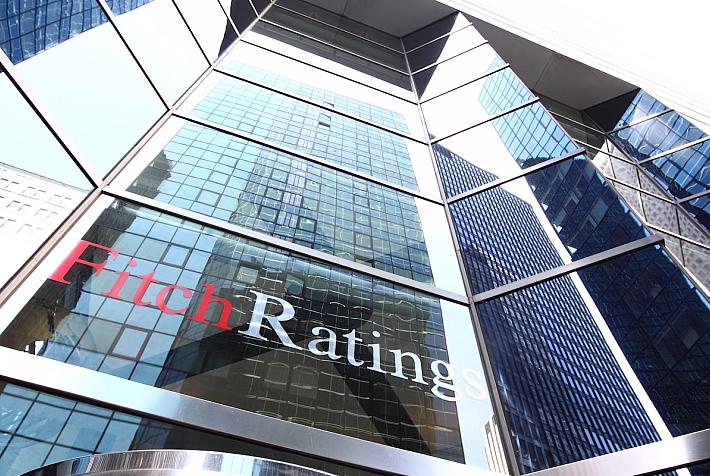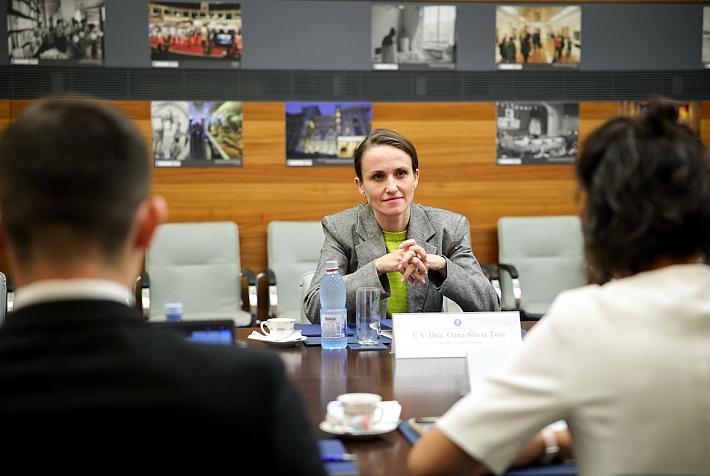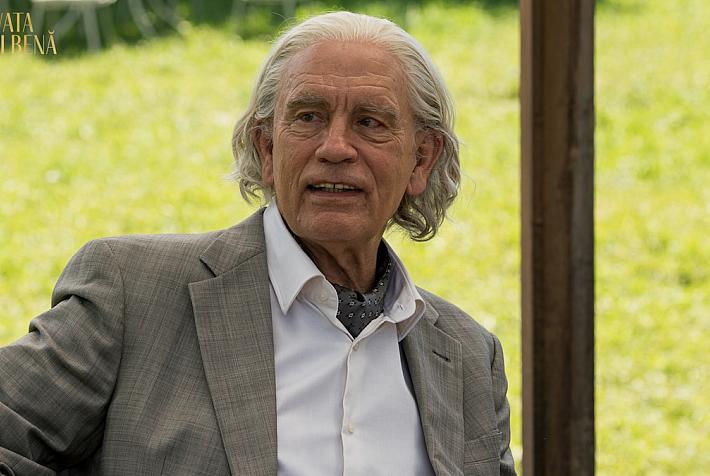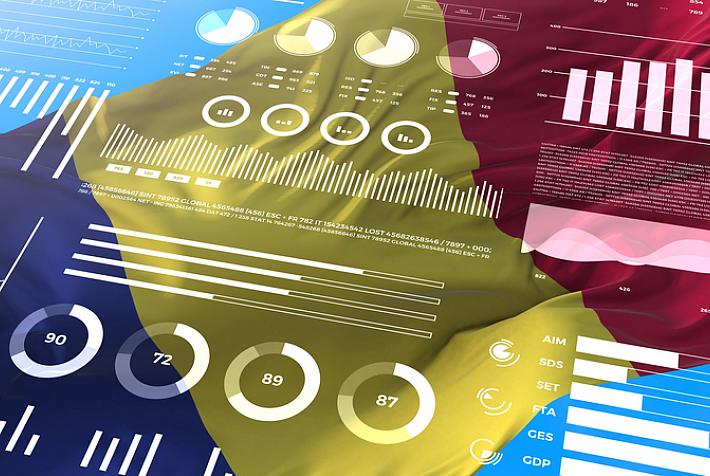Romania goes up in index of best countries for human development
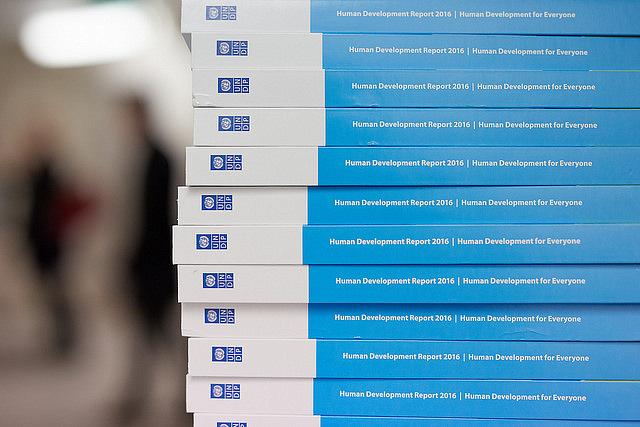
Romania is second to last in the Very High Human Development category of countries in the UNDP Human Development Report 2016, with a Human Development Index (HDI) value of 0.802. The country ranks 50th out of 51 countries in this category, ahead only of Kuwait, and one position up from the 51st spot it held the previous year.
The HDI is a summary measure of average achievement in key dimensions of human development such as a long and healthy life, being knowledgeable and having a decent standard of living. The HDI is the geometric mean of normalized indices for each of the three dimensions, and ranks countries based on their scores.
According to the report, life expectancy at birth in the country is of 74.8 years. At the same time, a Romanian can expect to receive 14.7 years of schooling, while the average number of years of schooling achieved is 10.8. On the standard of living dimension, measured by gross national income (GNI) per capita, Romania stands with a GNI of USD 19,428.
Other countries in the region in the same Human Development Category are the Check Republic - ranked 28, Greece – ranked 29, Poland – ranked 36, Slovakia – ranked 40, Hungary – ranked 43, and Latvia – ranked 44.
The top five places in the global rankings are: Norway (0.949), Australia (0.939), Switzerland (0.939), Germany (0.926), and Denmark and Singapore (0.925) sharing the 5th spot. The bottom five countries in rank order of HDI are: Burundi (0.404), Burkina Faso (0.402), Chad (0.396), Niger (0.353) and the Central African Republic (0.352).
Overall, the UNDP report shows that women are more likely than men to be in low human development. These gender gaps tend to be larger in countries with lower HDI scores. Worldwide, the Gender Development Index (GDI) shows that the average HDI for men is 0.693 while for women it is 0.738 (6% lower than for men). The gender gap in the index is, on average, 2% for the very high human development group of countries (where the HDI value for men is at 0.898 and for women at 0.881), but is 15% for the low human development group (where the HDI value for men is 0.536 and for women is 0.455).
The health dimension is assessed by life expectancy at birth, while the education dimension is measured by mean of years of schooling for adults aged 25 years and more and expected years of schooling for children of school entering age. The standard of living dimension is measured by gross national income per capita. The index uses the logarithm of income, to reflect the diminishing importance of income with increasing Gender Development Index. The scores for the three HDI dimension indices are then aggregated into a composite index using geometric mean.
The full report can be read here.
(Photo source: UNDP HDR 2016 on Flickr)
editor@romania-insider.com






